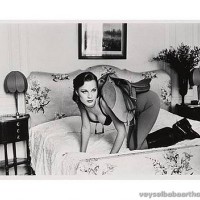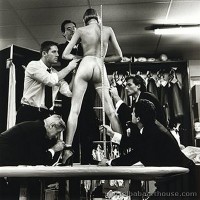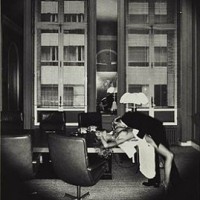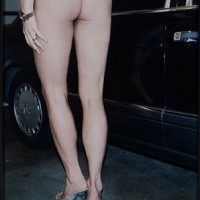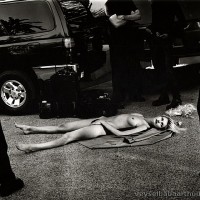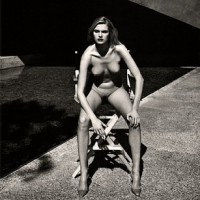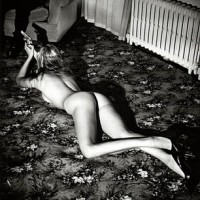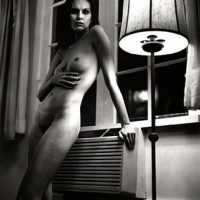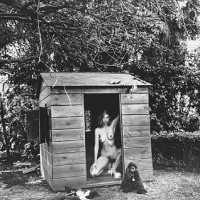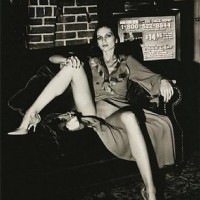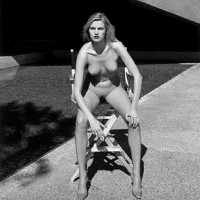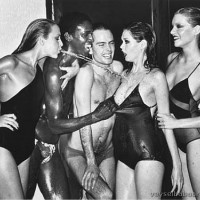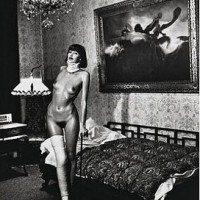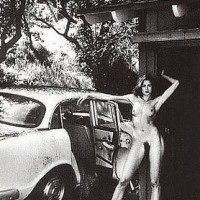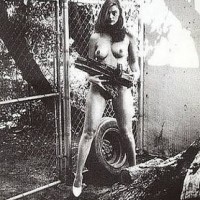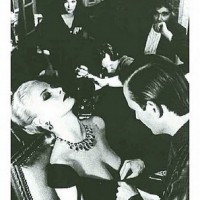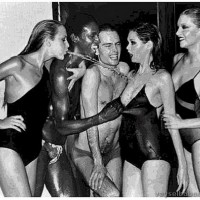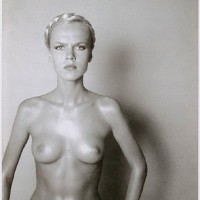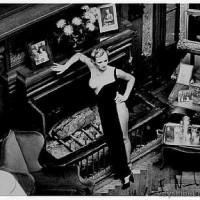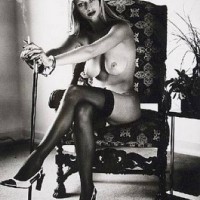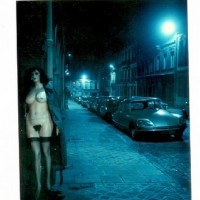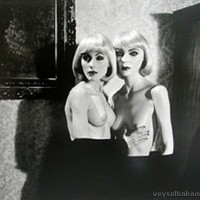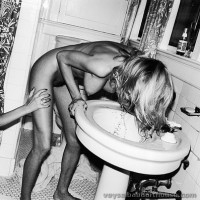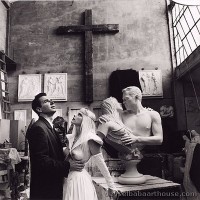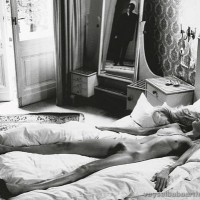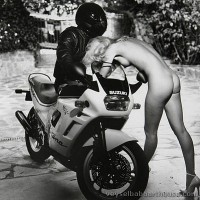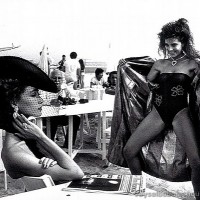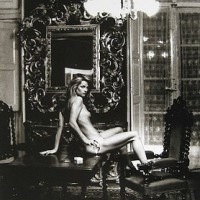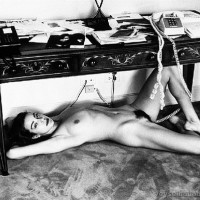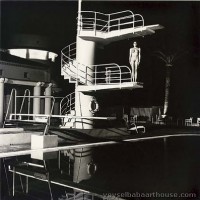- Home
- ABOUT US
- ABOUT VEYSEL BABA
- REDFOX ART HOUSE VIRTUAL TOUR
- MY LAST WILL TESTAMENT
- NOTES ON HUMANITY AND LIFE
- HUMAN BEING IS LIKE A PUZZLE WITH CONTRADICTIONS
- I HAVE A WISH ON BEHALF OF THE HUMANITY
- WE ARE VERY EXHAUSTED AS THE DOOMSDAY IS CLOSER
- NO ROAD IS LONG WITH GOOD COMPANY
- THE ROAD TO A FRIENDS HOUSE IS NEVER LONG
- MY DREAMS 1
- MY DREAMS 2
- GOLDEN WORDS ABOUT POLITICS
- GOLDEN WORDS ABOUT LOVE
- GOLDEN WORDS ABOUT LIFE
- GOLDEN WORDS ABOUT DEATH
- VEYSEL BABA ART WORKS
- SHOREDITCH PARK STORIES
- EXAMPLE LIVES
- ART GALLERY
- BOOK GALLERY
- MUSIC GALLERY
- MOVIE GALLERY
- Featured Article
- Home
- ART GALLERY
- Helmut Newton
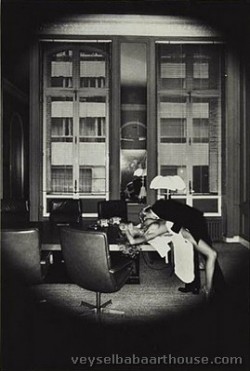
Helmut Newton
Helmut Newton (born Helmut Neustädter; 31 October 1920 – 23 January 2004) was a German-Australian photographer. He was a "prolific, widely imitated fashion photographer whose provocative, erotically charged black-and-white photos were a mainstay of Vogue and other publications."[1]
Early life

Translation: At this spot used to stand the birthhouse of HELMUT NEUSTÄDTER (1920–2004), son of Jewish parents. After his emigration in 1938 he became known as HELMUT NEWTON, one of the most famous photographers worldwide.
Newton was born in Berlin, the son of Klara "Claire" (née Marquis) and Max Neustädter, a button factory owner.[2] His family was Jewish.[3] Newton attended the Heinrich-von-Treitschke-Realgymnasium and the American School in Berlin. Interested in photography from the age of 12 when he purchased his first camera, he worked for the German photographer Yva (Elsie Neuländer Simon) from 1936.
The increasingly oppressive restrictions placed on Jews by the Nuremberg laws meant that his father lost control of the factory in which he manufactured buttons and buckles; he was briefly interned in a concentration camp on Kristallnacht, 9 November 1938, which finally compelled the family to leave Germany. Newton's parents fled to South America. He was issued with a passport just after turning 18 and left Germany on 5 December 1938. At Trieste he boarded the Conte Rosso (along with about 200 others escaping the Nazis), intending to journey to China. After arriving in Singapore he found he was able to remain there, first briefly as a photographer for the Straits Times and then as a portrait photographer.

Life in Australia
Newton was interned by British authorities while in Singapore and was sent to Australia on board the Queen Mary, arriving in Sydney on 27 September 1940.[4] Internees travelled to the camp at Tatura, Victoria by train under armed guard. He was released from internment in 1942 and briefly worked as a fruit picker in Northern Victoria. In April 1942, he enlisted with the Australian Army and worked as a truck driver. After the war in 1945, he became a British subject and changed his name to Newton in 1946. In 1948, he married actress June Browne, who performed under the stage name June Brunell. She later became a successful photographer under the ironic pseudonym Alice Springs (after Alice Springs, the central Australian town).
In 1946, Newton set up a studio in fashionable Flinders Lane in Melbourne and worked on fashion and theatre photography in the affluent postwar years. He shared his first joint exhibition in May 1953 with Wolfgang Sievers, a German refugee like himself who had also served in the same company. The exhibition of 'New Visions in Photography' was displayed at the Federal Hotel in Collins Street and was probably the first glimpse of New Objectivity photography in Australia. Newton went into partnership with Henry Talbot, a fellow German Jew who had also been interned at Tatura, and his association with the studio continued even after 1957, when he left Australia for London. The studio was renamed 'Helmut Newton and Henry Talbot'.
London 1950s
Newton's growing reputation as a fashion photographer was rewarded when he secured a commission to illustrate fashions in a special Australian supplement for Vogue magazine, published in January 1956. He won a 12-month contract with British Vogue and left for London in February 1957, leaving Talbot to manage the business. Newton left the magazine before the end of his contract and went to Paris, where he worked for French and German magazines. He returned to Melbourne in March 1959 to a contract for Australian Vogue.
Paris
Newton settled in Paris in 1961 and continued to work as a fashion photographer. His images appeared in magazines including the French edition of Vogue and Harper's Bazaar. He established a particular style marked by erotic, stylised scenes, often with sado-masochistic and fetishistic subtexts. A heart attack in 1970 reduced Newton's output, but his profile continued to increase, especially with his 1980 "Big Nudes" series, which marked the pinnacle of his erotic-urban style, underpinned with excellent technical skills. Newton also worked in portraiture and more fantastical studies.
Newton shot a number of pictorials for Playboy, including pictorials of Nastassja Kinski and Kristine DeBell.[5] Original prints of the photographs from his August 1976 pictorial of DeBell, "200 Motels, or How I Spent My Summer Vacation" were sold at auctions of Playboy archives by Bonhams in 2002 for $21,075,[6] and by Christie's in December 2003 for $26,290.[7]
"Three Boys from Pasadena"
In 2009, June Browne Newton conceptualised a tribute exhibition to Newton, based on three photographers who had trained extensively under Newton: Mark Arbeit, Just Loomis, and George Holz. All three had been photography students at The Art Center College of Design in Pasadena, California in 1979 when they became Newton's longtime assistants, and all three went on to independent careers. The exhibit premiered at the Helmut Newton Foundation in Berlin and combined the work of all three with personal snapshots, contact sheets, and letters from their time with Newton.[8]
In popular culture
In S3E2 of Gilmore Girls, Newton is referenced as Louise's godfather and discussed as a possible photographer for class photos.
Death

In his later life, Newton lived in both Monte Carlo and Los Angeles, California. He was in an accident on 23 January 2004, when his car sped out of control and hit a wall in Sunset Boulevard, coming out from the Chateau Marmont Hotel, which had for several years served as his residence in Southern California. He died at Cedars-Sinai Medical Center.[1][9] His ashes are buried three plots down from the grave of Marlene Dietrich at the Städtischer Friedhof III in Berlin.


Published works, during his life
- Helmut Newton, White Women, New York: Congreve, 1976.
- Helmut Newton, Sleepless Nights, New York: Congreve, 1978.
- Helmut Newton, Big Nudes, Paris: Editions du Regard, 1981.
- Helmut Newton, They're Coming!, Paris: French Vogue, 1981. (this is one of his numerous editorials in French Vogue, that's not a book)
- Helmut Newton, World Without Men, New York: Xavier Moreau, 1984.
- Klaus Honnef & Helmut Newton, Helmut Newton: Portraits, Schirmer Art Books, 1986.
- Marshall Blonsky & Helmut Newton, Private Property, Schirmer Art Books, 1989.
- Helmut Newton, Sumo book, Taschen, 1999.
- Helmut Newton & June Newton, Helmut Newton Work, edited by Manfred Heiting, Taschen, 2000.
- Helmut Newton, Autobiography, Nan A. Talese, 2003.
Published works, after his death
- Helmut Newton, A Gun for Hire, edited by June Newton, Taschen, 2005.
- Helmut Newton, Playboy: Helmut Newton, Chronicle Books, 2005.
- Guy Featherstone, 'Helmut Newton's Australian years', in The La Trobe Journal, The State Library of Victoria Foundation, No 76, Spring, 2005.
- Klaus Neumann, In the Interest of National Security: Civilian Internment in Australia during World War II, Canberra: National Archives of Australia, 2006.
Recent exhibitions
London 2016
Exhibition took place at 'the showroom presents...' in Fulham from Thursday 26th to Saturday 28 November and was curated by ONGallery.
Twenty-five original prints by Helmut Newton from between 1967 and 1984 were on display, among which were some previously unseen works by the artist. Details of the event.
